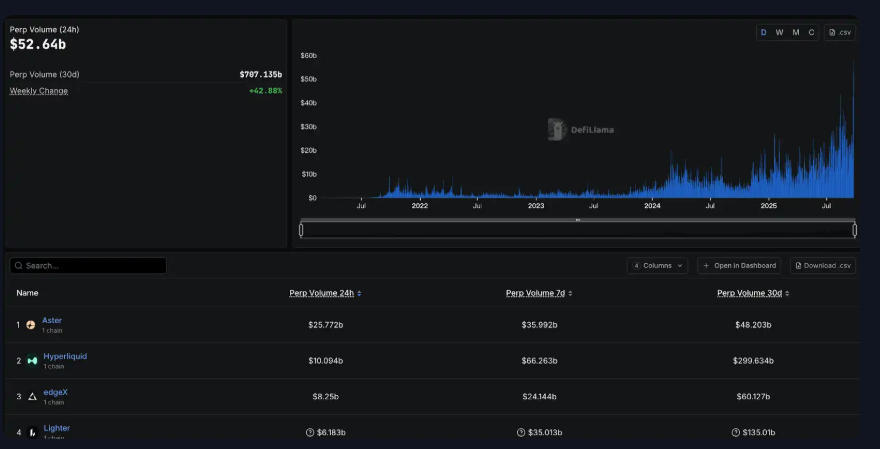
September 11, 2025 – World Blockchain Association (WBA)
The World Blockchain Association reports that the global cryptocurrency ecosystem is entering a decisive phase as investors brace for the Federal Reserve’s expected interest rate cuts this September. Market consensus anticipates that the U.S. central bank will reduce rates by 25 basis points during its upcoming meeting, potentially signaling the start of a new liquidity cycle with major implications for Bitcoin, Ethereum, and the broader Web3 economy.
This WBA analysis explores the macroeconomic backdrop, the current positioning of digital assets, historical precedents of rate-cutting cycles, and the opportunities and risks ahead for cryptocurrency markets.
A Fragile Macroeconomic Landscape
World Blockchain Association research highlights that U.S. economic momentum is weakening. August non-farm payrolls added only 22,000 jobs—well below expectations of 160,000–180,000—while the unemployment rate unexpectedly rose to 4.3%, its highest level since 2021. A subsequent revision by the Department of Labor eliminated nearly one million jobs from previous estimates, suggesting the labor market has been significantly weaker than reported.
At the same time, inflation remains sticky. The Consumer Price Index (CPI) and Core PCE inflation hover around 2.9%–3.1%, still above the Fed’s 2% target. This creates a difficult policy trade-off: cutting rates risks reigniting inflation, while keeping rates elevated could exacerbate labor market deterioration.
Financial markets have already priced in a rate cut. The U.S. dollar index has declined to year-long lows, while gold surged past $3,600 per ounce, reflecting expectations of easier liquidity. Treasury yields have retreated, though the yield curve remains inverted—a classic recession signal. For risk assets, this moment marks the potential start of a new global liquidity cycle, with spillover effects across Europe, Asia, and emerging markets.
According to the World Blockchain Association, these dynamics are critical for cryptocurrency markets, where liquidity cycles have historically been closely correlated with price trajectories of Bitcoin, Ethereum, and other tokens.
Current State of the Cryptocurrency Market
Bitcoin (BTC) is trading around $113,000, with weekly gains of 2.4%. Volatility has dropped to multi-month lows, indicating that investors are adopting a “wait-and-see” stance ahead of the Fed decision. Technical resistance lies near $114,000, with support at $110,700. A breakout above resistance could spark renewed momentum, while a breakdown could test the $100,000 level.
Ethereum (ETH) has been under pressure, with ETF outflows weighing on sentiment. While ETH’s price action appears weaker than Bitcoin’s, network activity remains resilient. DeFi utilization and staking participation remain high, demonstrating that Ethereum continues to anchor the Web3 ecosystem despite near-term capital outflows.
Other digital assets show mixed trends. XRP surged after speculation around ETF products, while Solana (SOL) benefitted from news that a Solana-based Digital Asset Treasury (DAT) product gained Nasdaq approval—pioneering the integration of tokenization with traditional capital markets. Meme coins like Dogecoin, Bonk, and PEPE continue to act as sentiment barometers, with high speculative activity but elevated liquidation risk.
The World Blockchain Association notes that ETF flows remain a decisive structural factor. Net outflows from Bitcoin and Ethereum ETFs in recent weeks underscore institutional caution, but future approvals (including XRP ETFs) could unlock billions in incremental inflows if monetary easing accelerates.
Lessons from Past Fed Rate Cuts
The World Blockchain Association’s historical review shows three distinct responses of cryptocurrency markets to previous Fed easing cycles:
- 2019 – “Pre-priced optimism, post-cut correction.” Bitcoin rallied ahead of three small Fed cuts but fell after the policy shift as economic weakness became evident.
- 2020 – “Crisis shock and rapid rebound.” Emergency cuts during the pandemic triggered a liquidity crunch, followed by unprecedented stimulus that propelled Bitcoin higher.
- 2024 – “Policy, politics, and product convergence.” Aggressive 50 bp cuts, U.S. election narratives supportive of crypto, and record ETF inflows combined to sustain Bitcoin’s rally, countering the traditional “sell the news” effect.
In 2025, the situation resembles a conditional “trigger point” rather than a one-way catalyst. With ETF inflows slowing, positioning neutralized, and consensus already high around a 25 bp cut, the key market driver will be how post-meeting guidance reshapes expectations for further easing.
Opportunities in a Post-Cut Environment
The World Blockchain Association identifies several potential opportunities for cryptocurrency markets if monetary easing continues:
- Liquidity Tailwinds: Lower yields reduce the attractiveness of traditional fixed income, increasing the appeal of Bitcoin as “digital gold” and Ethereum as an innovation layer for Web3.
- Institutional Capital Flows: If the Fed cuts rates by 75–100 basis points by year-end, as some forecasts suggest, crypto ETFs could see $60 billion or more in inflows.
- Corporate Treasury Demand: Public companies such as MicroStrategy and Tesla demonstrated the “balance sheet strategy” of holding Bitcoin. With financing costs falling, more firms may follow, creating a self-reinforcing loop of capital raising and token accumulation.
- Digital Asset Treasury (DAT) Products: WBA research emphasizes the growing relevance of DATs, which merge token reserves with capital market fundraising. Their approval signals broader acceptance of tokenization as a mainstream financing tool.
- Stablecoin Expansion: USDT, USDC, and regional stablecoins act as shadow liquidity providers. As their circulation grows, they inject additional capital into DeFi and NFT ecosystems.
Challenges and Risks Ahead
Despite these opportunities, the World Blockchain Association warns of three key risks:
- “Sell the News” Effect: If Bitcoin rallies ahead of the Fed decision, profit-taking could trigger a short-term correction of 3%–8%.
- Inflation and Dollar Rebound: If inflation rebounds, the Fed could slow or reverse easing, strengthening the dollar and weakening Bitcoin’s hedge appeal.
- Regulatory Uncertainty: With the U.S. election approaching, shifts in crypto policy or delays in ETF approvals could restrain institutional inflows. Global regulatory shifts—in Europe, Asia, or emerging markets—also pose risks to capital mobility.
Strategic Takeaways for Q4 2025
The World Blockchain Association concludes that the September Fed meeting is not a simple bull-bear trigger, but a conditional inflection point for cryptocurrency markets.
- Short-term tactical trades depend on pre-meeting positioning: sideways markets could see a post-cut rally, while overheated conditions risk a sell-off.
- Medium-term dynamics will be shaped by ETF flows, corporate adoption, and stablecoin expansion.
- Long-term outlooks hinge on whether blockchain innovation—from tokenization to DAOs to DeFi scaling—continues to intersect with macro liquidity cycles.
Ultimately, Bitcoin and Ethereum remain the primary anchors of digital finance. While volatility will persist, the confluence of Fed policy, institutional adoption, and Web3 innovation could set the stage for the next wave of tokenization and digital asset integration into the global financial system.
About the World Blockchain Association
The World Blockchain Association (WBA) is a global organization dedicated to advancing knowledge, policy dialogue, and innovation in blockchain and digital finance. As a leader in the blockchain and cryptocurrency space, the WBA provides stakeholders with trusted insights at the intersection of technology, regulation, and global economic trends through research, reporting, and thought leadership.







